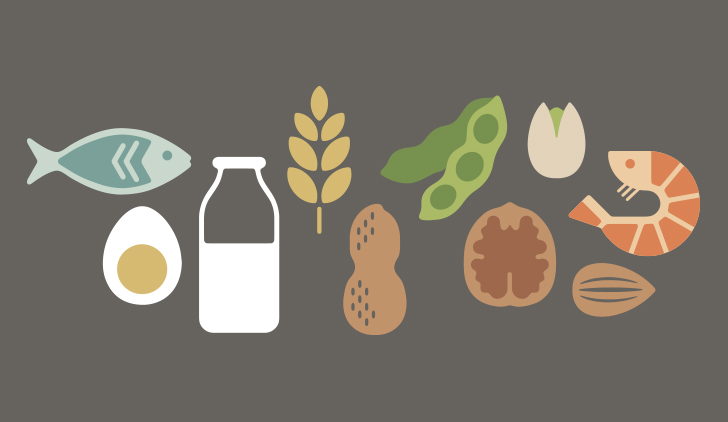
People who experience food allergies know their immune system is attacking their bodies. Even one bite of a forbidden food can cause symptoms ranging from hives and digestive problems to swollen airways and life-threatening anaphylaxis.
And the problem is on the rise. The National Institute of Allergy and Infectious Diseases estimates about 5% of children — a 20% increase from 20 years ago — and 4% of adults in America have a food allergy.
About 90% of all food allergies are caused by foods commonly referred to as the “big 8.” These are
- eggs
- fish
- milk
- nuts from trees
- peanuts
- shellfish
- soy and
- wheat.
Symptoms can range from mild to severe and affect each individual differently. Common signs and symptoms include
- tingling in the mouth
- burning sensation in the lips and mouth
- swelling of the lips and face
- skin rash
- itchy and/or blotchy skin
- wheezing
- nausea
- diarrhea
- runny nose and
- watery eyes.
For some people, diagnosing food allergies can be challenging. Finding out if you have an allergy can sometimes be as simple as having your doctor perform a skin prick or blood test, or keeping a food diary to help you find answers. Then, your work begins.
- Remove foods from your diet.
- Avoid inhaling, touching or eating foods with traces of the food allergen.
- Thoroughly wash cutlery, cooking surfaces and chopping boards.
- Read food and drink labels carefully.
- Watch out for soaps, pet foods, glues and adhesives with traces of the food allergen.
Sources: mayoclinic.org, medicalnewstoday.com, nih.gov


